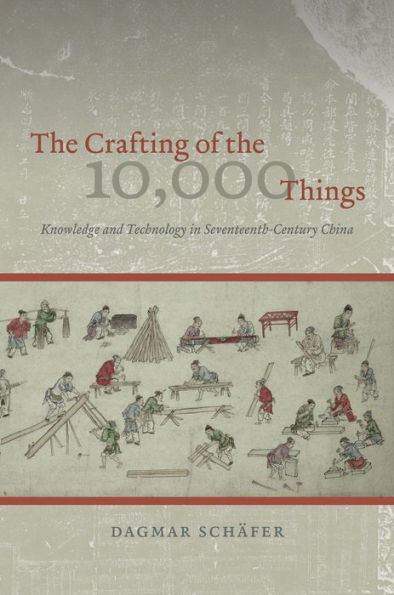5
1
9780226735849


The Crafting of the 10,000 Things: Knowledge and Technology in Seventeenth-Century China available in Hardcover

The Crafting of the 10,000 Things: Knowledge and Technology in Seventeenth-Century China
- ISBN-10:
- 0226735842
- ISBN-13:
- 9780226735849
- Pub. Date:
- 05/15/2011
- Publisher:
- University of Chicago Press
- ISBN-10:
- 0226735842
- ISBN-13:
- 9780226735849
- Pub. Date:
- 05/15/2011
- Publisher:
- University of Chicago Press
99.0
In Stock

Product Details
| ISBN-13: | 9780226735849 |
|---|---|
| Publisher: | University of Chicago Press |
| Publication date: | 05/15/2011 |
| Pages: | 352 |
| Product dimensions: | 6.40(w) x 9.60(h) x 1.20(d) |
About the Author
From the B&N Reads Blog



